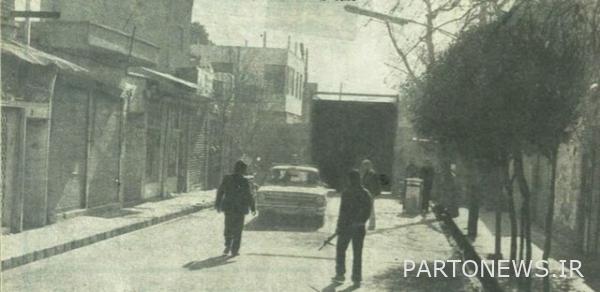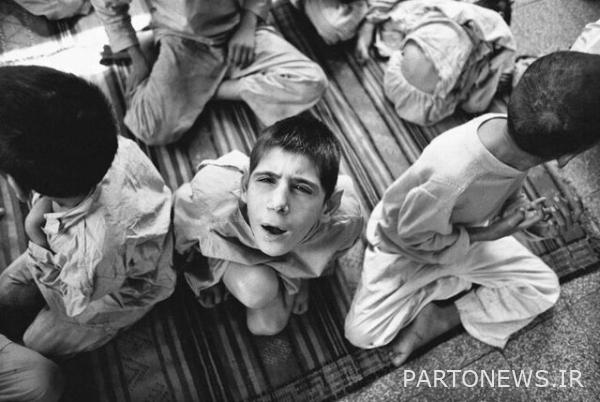I understood the real meaning of death the moment they said Kaveh was killed!

“I am Kaveh Golestan, not up, not down, not left, not right, I was born only to record the reality, it is the truth that suffers.”
Charso Press: Before the revolution, Kaveh Golestan proved himself in social documentary photography with the series of photos of “New City”, “Workers” and “Mad Men” and during the Islamic Revolution and the days of the imposed war, he made his name by recording different photos of the most important events of the country. put on the tongues. His photographs of Tehran’s Shahr Novi Castle, construction workers and disabled people of Yaftabad Mental Asylum, which are known in the “New City”, “Workers” and “Mad” collections, are an accurate representation of the conditions of the society at that time.


Kaveh Golestan started his career as a photojournalist in 1348 and went to Ireland in 1352 for his first press mission to prepare photos and report on the war. In the same year, he appeared as a photographer in the film “Secrets of Ganj Dere Jeni” alongside his father Ibrahim Golestan. The beginning of his collaboration with “Aindegan” magazine led to the formation of the collections of workers, mental patients of Yaftabad Asylum.
With the beginning of the Islamic revolution, Golestan, like other news photographers, started recording images of popular movements. In this year, he started his collaboration with Time magazine and, as he says, he was always in the middle of the battle.
In 1358, Kaveh Golestan won the “Right Kappa” award for recording the photos of the revolution, and in the same year, he published the book Rebellion together with Mohammad Sayad.


With the beginning of the imposed war, Kaveh Golestan once again left a collection of lasting photos as a memory and his photos were widely reflected in the world’s media. He himself said about his experience of Iraq’s Baathist party’s war against Iran: “Sometimes I felt like I was scavenging; because we used to go by helicopter to wherever there was killing; We took pictures and collected the bodies. During the war, I had a handkerchief that was always with me. I have washed this handkerchief many times; I put rose water on it, but it still smells like death. I feel like nothing scares me anymore. Nothing surprises me. I have seen the end of it…”

Hengameh Golestan, Kaveh Golestan’s wife, said about his photos: “Like all the other photos, there was a lot of pain and suffering in his war photos, and one feels close to the wounded and young people who were on the front. Like a first-hand experience that you yourself have been there and seen. In some photos, the sense of that warrior or terror or… is conveyed to the person so much that it has a state of electric shock and shakes the person. Maybe this way of looking at Kaveh makes his works different from others.”
Golestan continued to work as a reporter-photographer for many years. Many photographers in the social documentary field consider him one of the foundations of modern photography in Iran. The pictures he recorded of various events and scenes are considered to be the most famous social documentary photos in Iran.
On April 13, 2002, in Sulaymaniyah, Iraq, when he and his friends went to Kufr to film a military area for Kurds, he got off and stepped on a mine during the accident of pulling the car out of the ditch.
Hengeme Golestan said about Kaveh’s death: “I have known, seen and heard the word ‘death’ for years; But I understood the real meaning of it with all my heart the moment they said Kaveh was killed, but Kaveh did not die and I have always felt that he remains in a big part of my being.”
Also, Fakhri Golestan, Kaveh Golestan’s mother, said in an interview with one of the newspapers of that time, “People don’t die, lack of physical presence does not bring death, it is the truth-seeking look of these people that keeps them, that’s why I never go to visit Kaveh’s grave.” Kaveh is not going away, he has always lent his eyes to the images that shook the world.
///.

